Learn How To Prune Brugmansia Trees
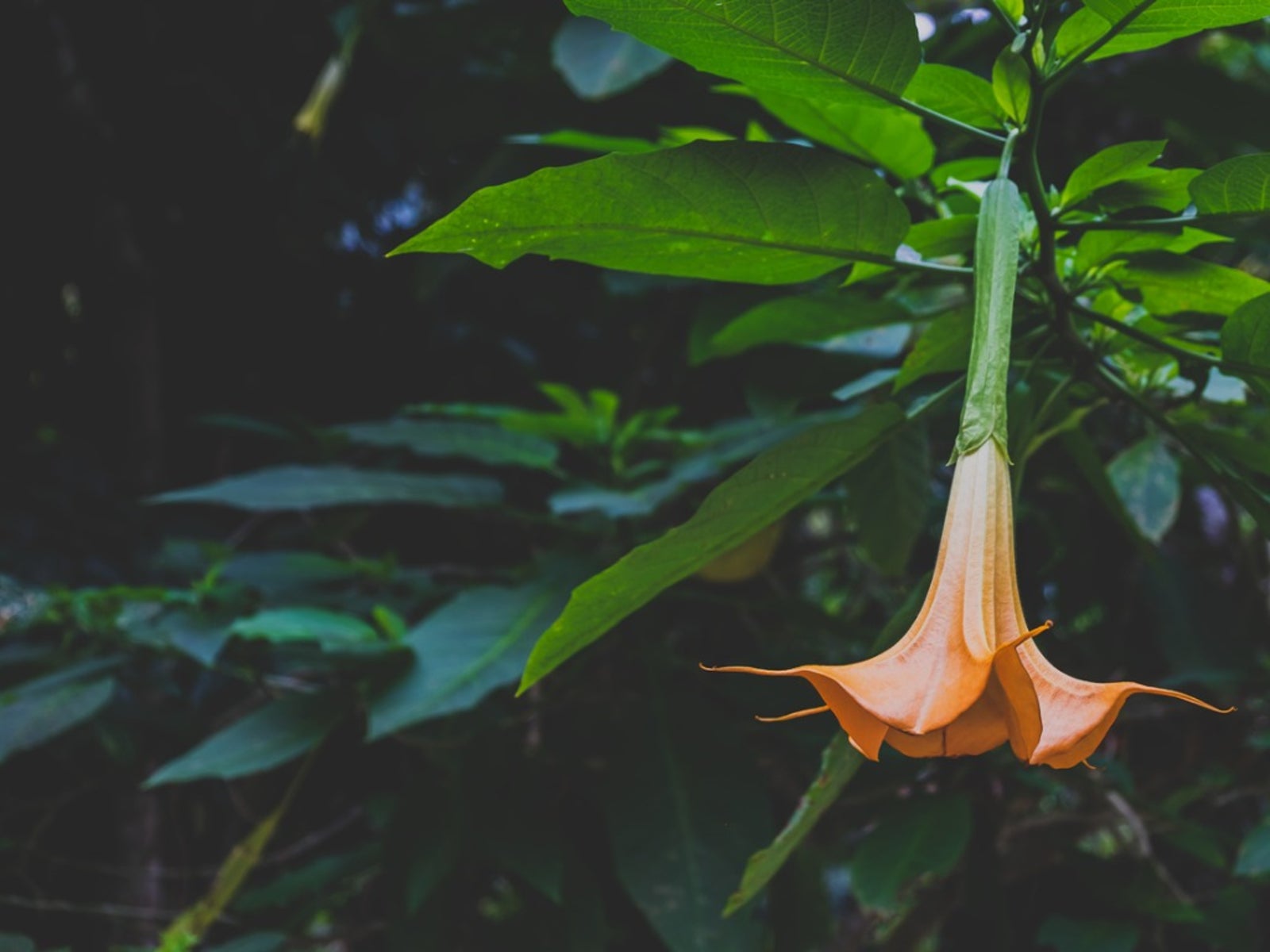

Brugmansia makes attractive specimen plantings whether they're grown in containers or situated in garden beds. However, in order to keep them looking their best, trimming brugmansia may be necessary.
How to Prune Brugmansia
Pruning brugmansia forces it to grow more limbs, thus producing more flowers. Therefore, knowing how to prune brugmansia is important. The correct method for pruning these shrub-like plants is to cut off all but the newest growth. Prune back tips to about ½ inch (1 cm.) from the node. Do not prune the main leader unless you want to grow brugmansia in tree form. If you want a bushy tree, prune lateral branches at the joint. Begin pruning the plant when the main trunk forms its first "Y" and then prune back any older branches to encourage additional branching. Cut back as much as one-third of the plant. For larger plants, this could be as much as 1 to 2 feet (31-61 cm.). Keep in mind that tree form plants will need to be continually cut throughout the growing season to maintain their shape.
When to Trim a Brugmansia
To encourage additional blooms, trim brugmansia often. Since these plants bloom on new wood, you should trim a brugmansia whenever its growth becomes excessive. You can also prune brugmansia anytime you want to shape it. Generally, it takes about a month or more for blooms to appear after pruning, so you should trim a brugmansia after the last frost in spring. In addition, allowing them to remain unpruned throughout winter offers some protection from cold damage. If the plants are container grown, pruning brugmansia isn't necessary unless you're moving the plant indoors, in which case, fall is an acceptable time to prune. For those choosing to prune brugmansia during fall, be sure to keep enough nodes on the branches (above the "Y") for additional flowering the following season.
Trimming Brugmansia Roots
You can also trim the taproot of potted plants, trimming just enough to fit into the bottom of the container. Root pruning stimulates new growth and allow you to grow brugmansia in the same container rather than having to repot. Root pruning is usually done in spring before new growth starts. To root prune brugmansia, slide the plant out of the pot and loosen the roots with a fork, removing as much potting soil as possible. Then cut the thickest roots back by at least two-thirds. Allow the thin feeder roots to remain, perhaps lightly trimming the ends. Repot with fresh soil.
Gardening tips, videos, info and more delivered right to your inbox!
Sign up for the Gardening Know How newsletter today and receive a free copy of our e-book "How to Grow Delicious Tomatoes".

Nikki Tilley has been gardening for nearly three decades. The former Senior Editor and Archivist of Gardening Know How, Nikki has also authored six gardening books.
-
 Looking For Plants To Give You The Soft And Fuzzies? Try These 5 Fuzzy Leaf Plant Options
Looking For Plants To Give You The Soft And Fuzzies? Try These 5 Fuzzy Leaf Plant OptionsLovers of texture, drama, silver foliage and tactile plants will adore these special sensory garden additions. These fuzzy leaf plant options will leave you all aglow
By Susan Albert
-
 Get Ready For A Summer Of Hummers! Grow These Full Sun Hummingbird Plants and Flowers
Get Ready For A Summer Of Hummers! Grow These Full Sun Hummingbird Plants and FlowersIf you’re lucky enough to enjoy a sunny backyard, make sure you are maxing out on your pollinator opportunities and grow these full sun hummingbird plants and flowers
By Tonya Barnett
-
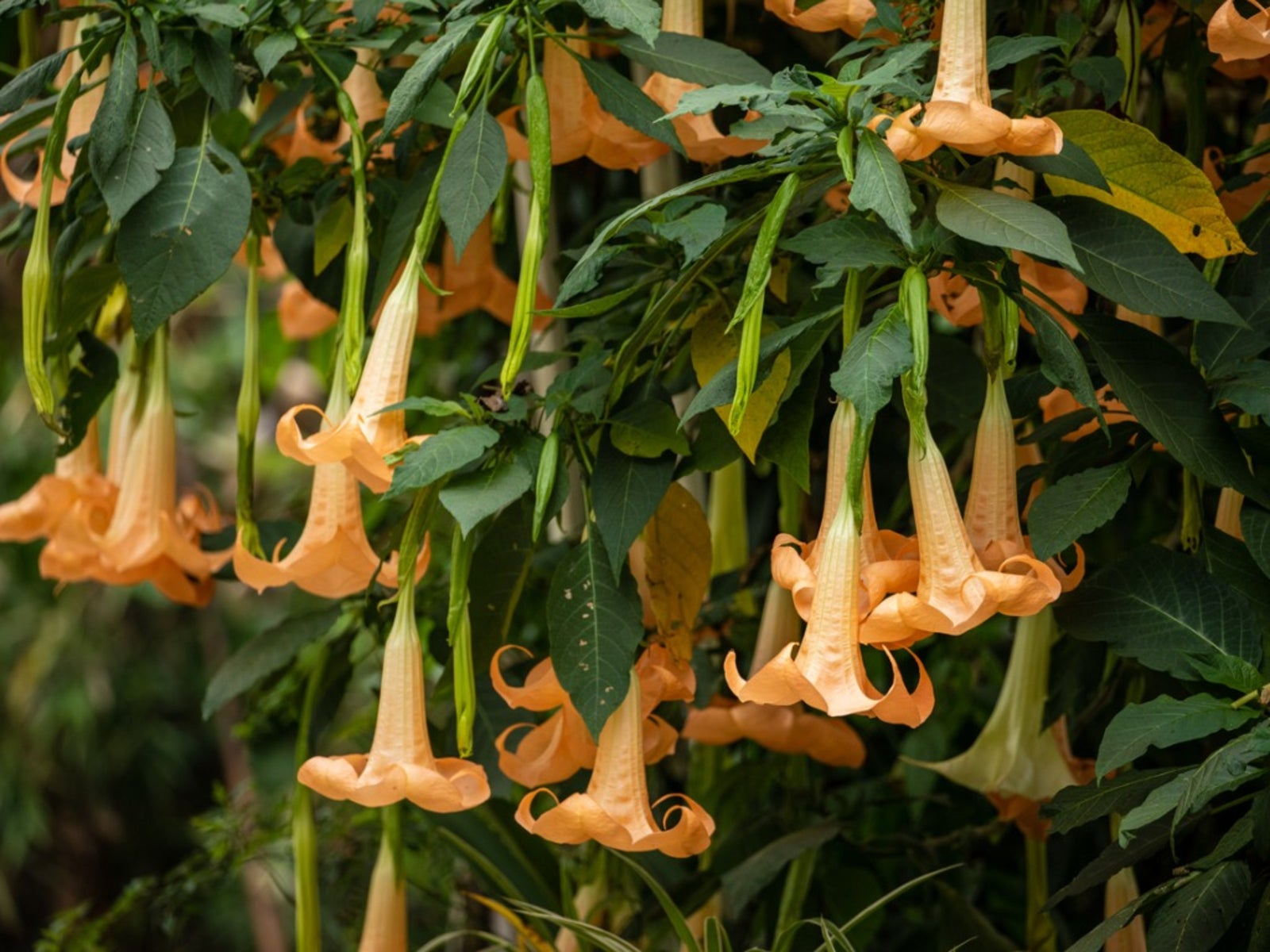 Brugmansia Cold Tolerance: How Cold Can Brugmansias Get
Brugmansia Cold Tolerance: How Cold Can Brugmansias GetHow cold can Brugmansias get and still survive? The United States Department of Agriculture sets Brugmansia cold hardiness in zones 8 to 11. Learn more about the cold tolerance of Brugmansia plants in this article.
By Bonnie L. Grant
-
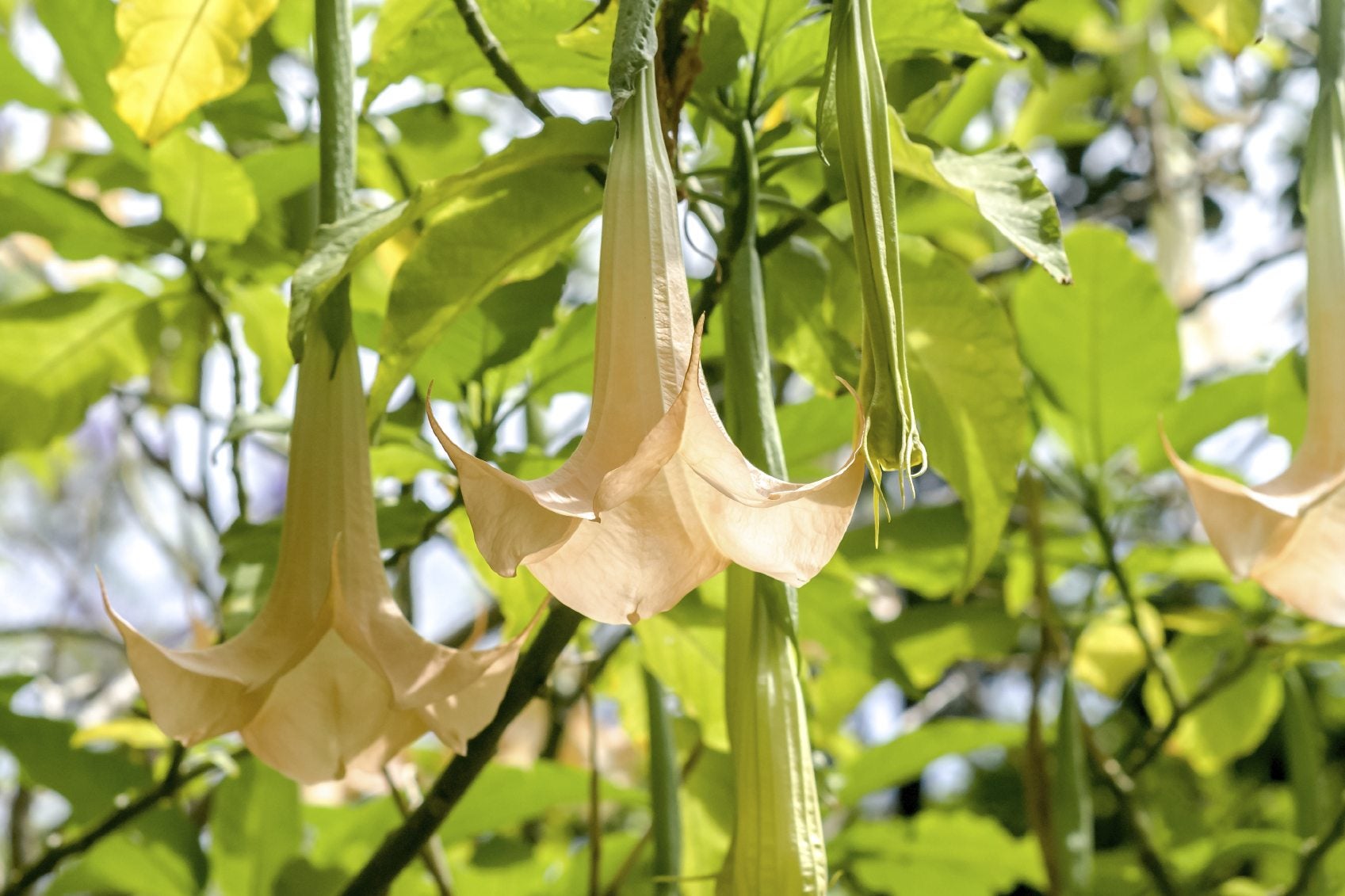 Brugmansia Plant Care: How To Care For Brugmansia In Ground Outside
Brugmansia Plant Care: How To Care For Brugmansia In Ground OutsideGrowing brugmansia in the ground works well in United States Department of Agriculture zones 9 to 12. Try a brugmansia in the garden for show-stopping color and dynamic proportions. This article will help get you started.
By Bonnie L. Grant
-
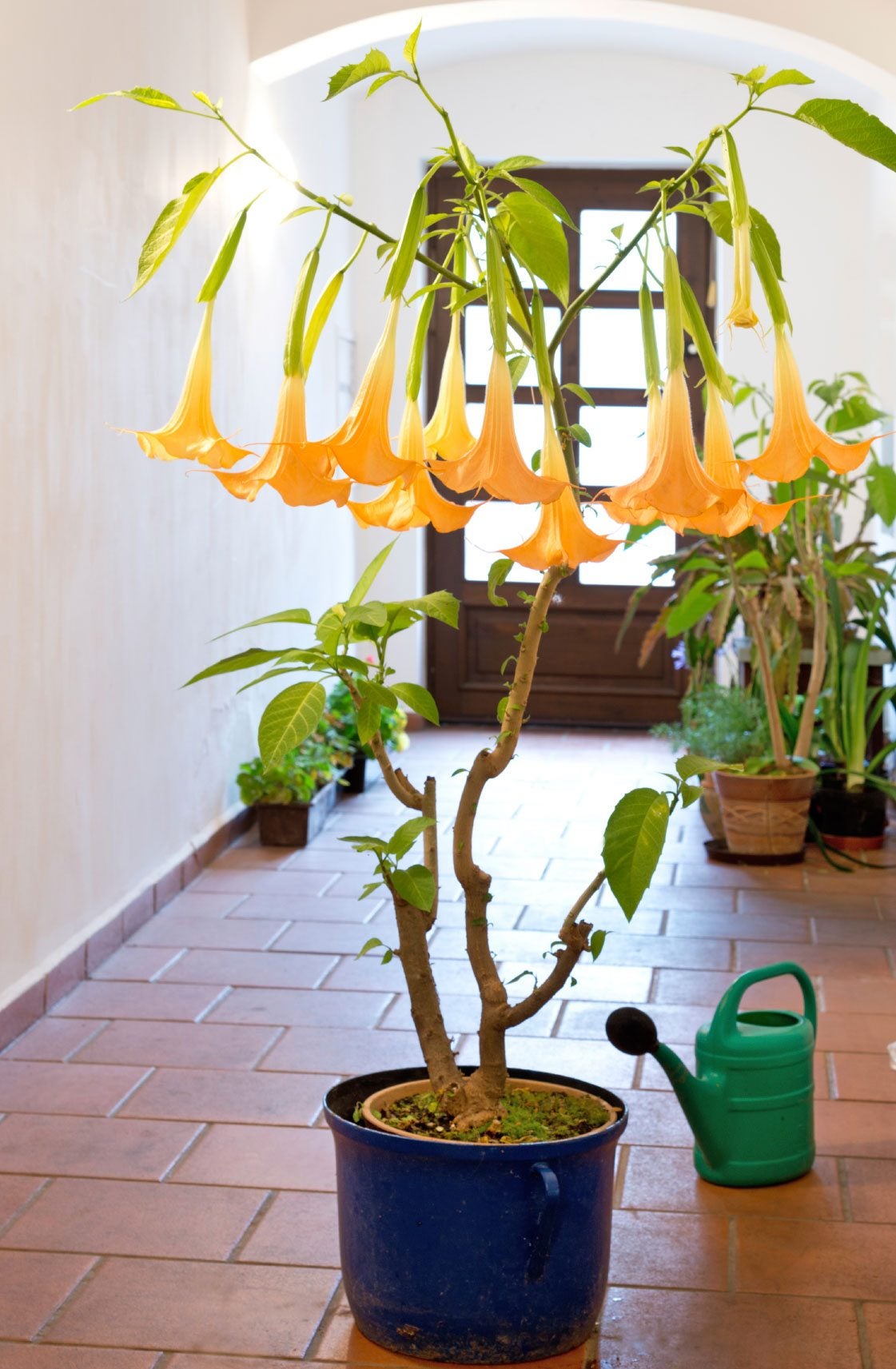 Watering Brugmansia Plants: How Much Water Does Brugmansia Need
Watering Brugmansia Plants: How Much Water Does Brugmansia NeedBrugmansia is a distinctive plant with big leaves and huge, drooping, trumpet-shaped blooms as long as your foot. This flashy tropical plant is surprisingly easy to grow, but it helps to know exactly how to water brugmansias. Click here for more.
By Mary H. Dyer
-
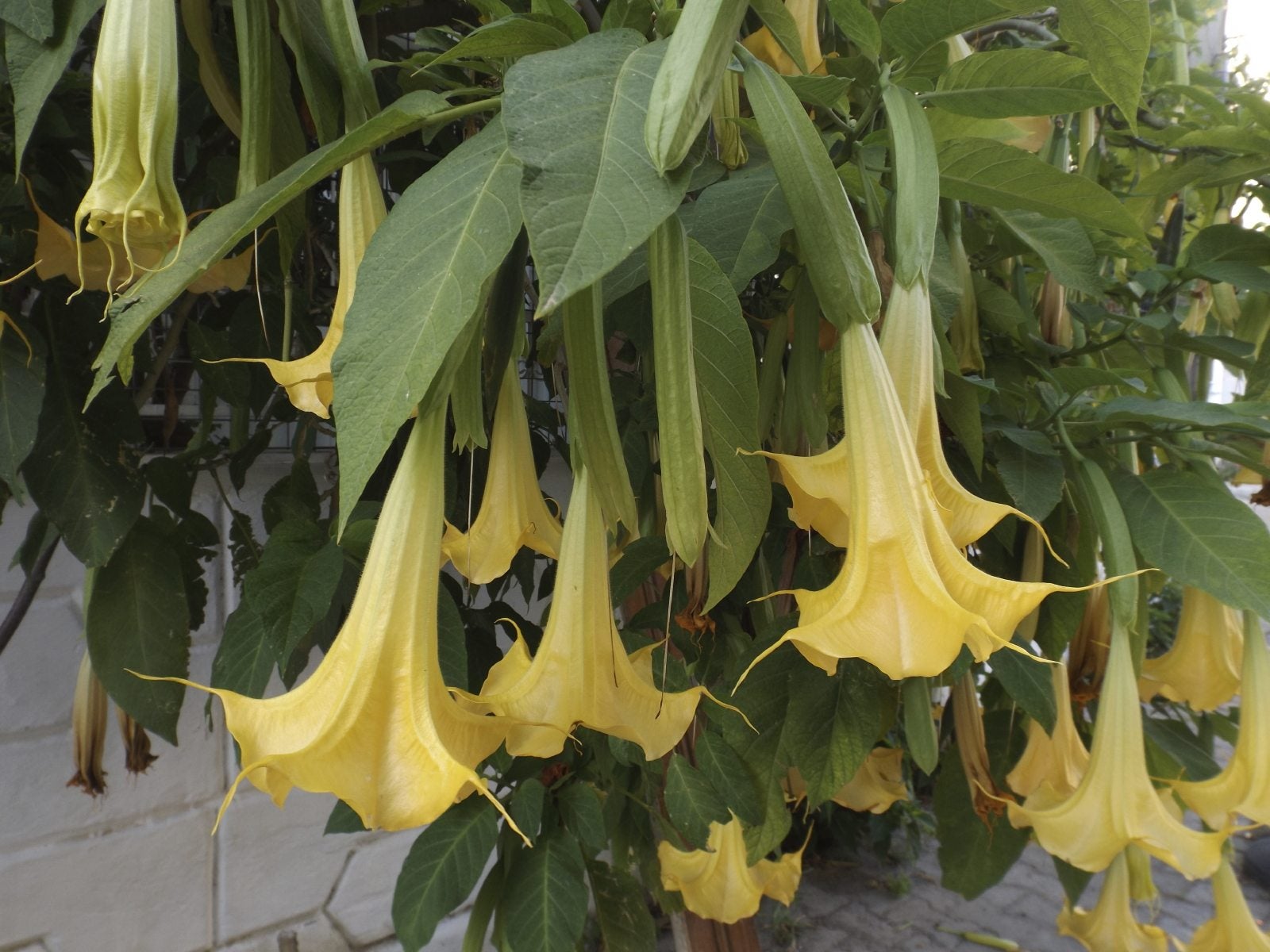 Brugmansia Problems: How To Treat Disease And Pests Of Brugmansia
Brugmansia Problems: How To Treat Disease And Pests Of BrugmansiaAlso known as angel trumpet or simply "brug," brugmansia is a shrubby plant with masses of impressive, trumpet-shaped flowers. While little care is required, pests and diseases may compromise the health and longevity of the plant. Learn more here.
By Mary H. Dyer
-
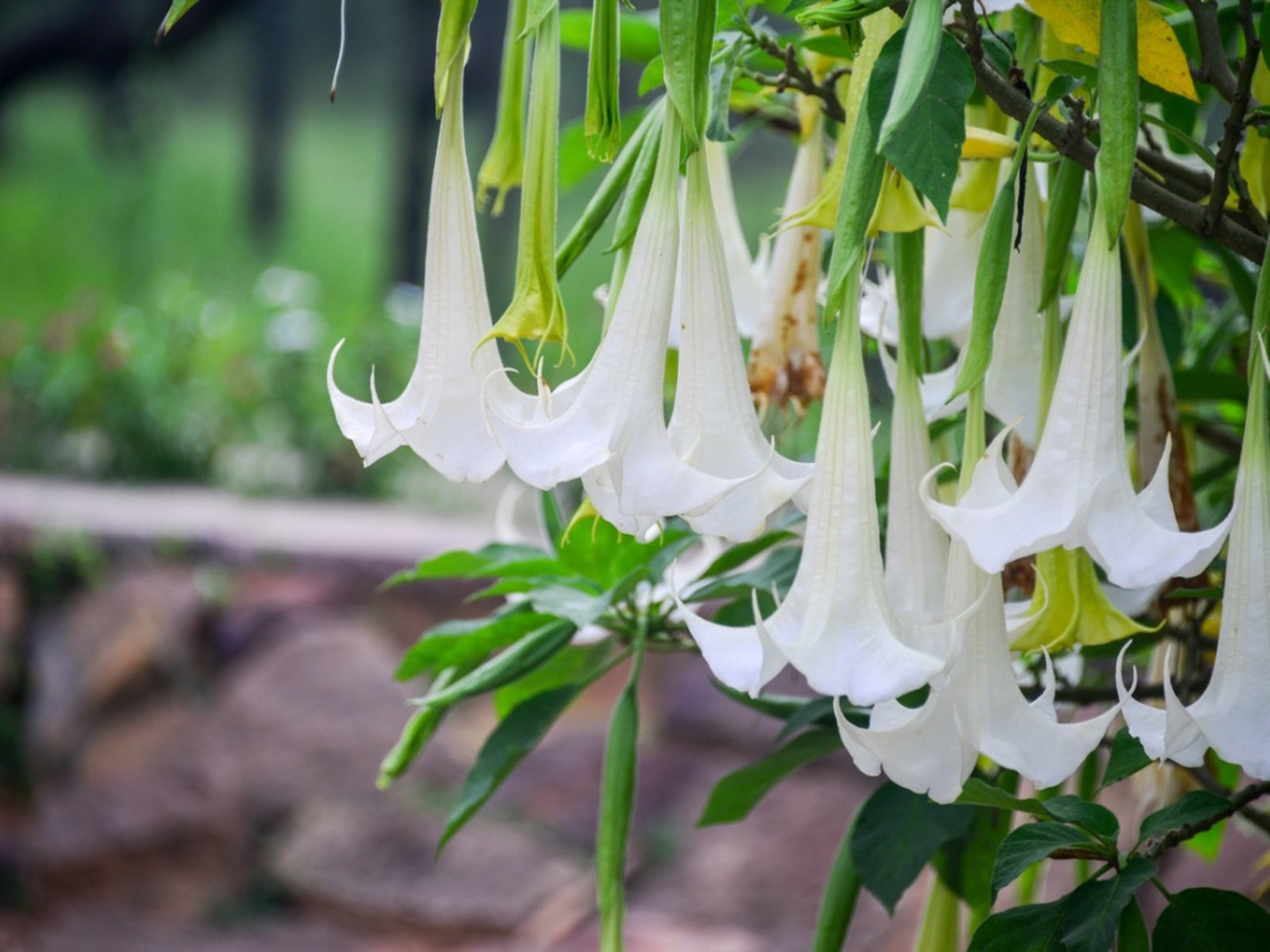 Brugmansia Diseases: Fixing Common Issues With Brugmansia
Brugmansia Diseases: Fixing Common Issues With BrugmansiaIt's never fun to watch a beloved plant fall ill to an unknown disease. Find out more about common brugmansia diseases so you'll be armed and ready should your plant begin to have problems. This article will help.
By Kristi Waterworth
-
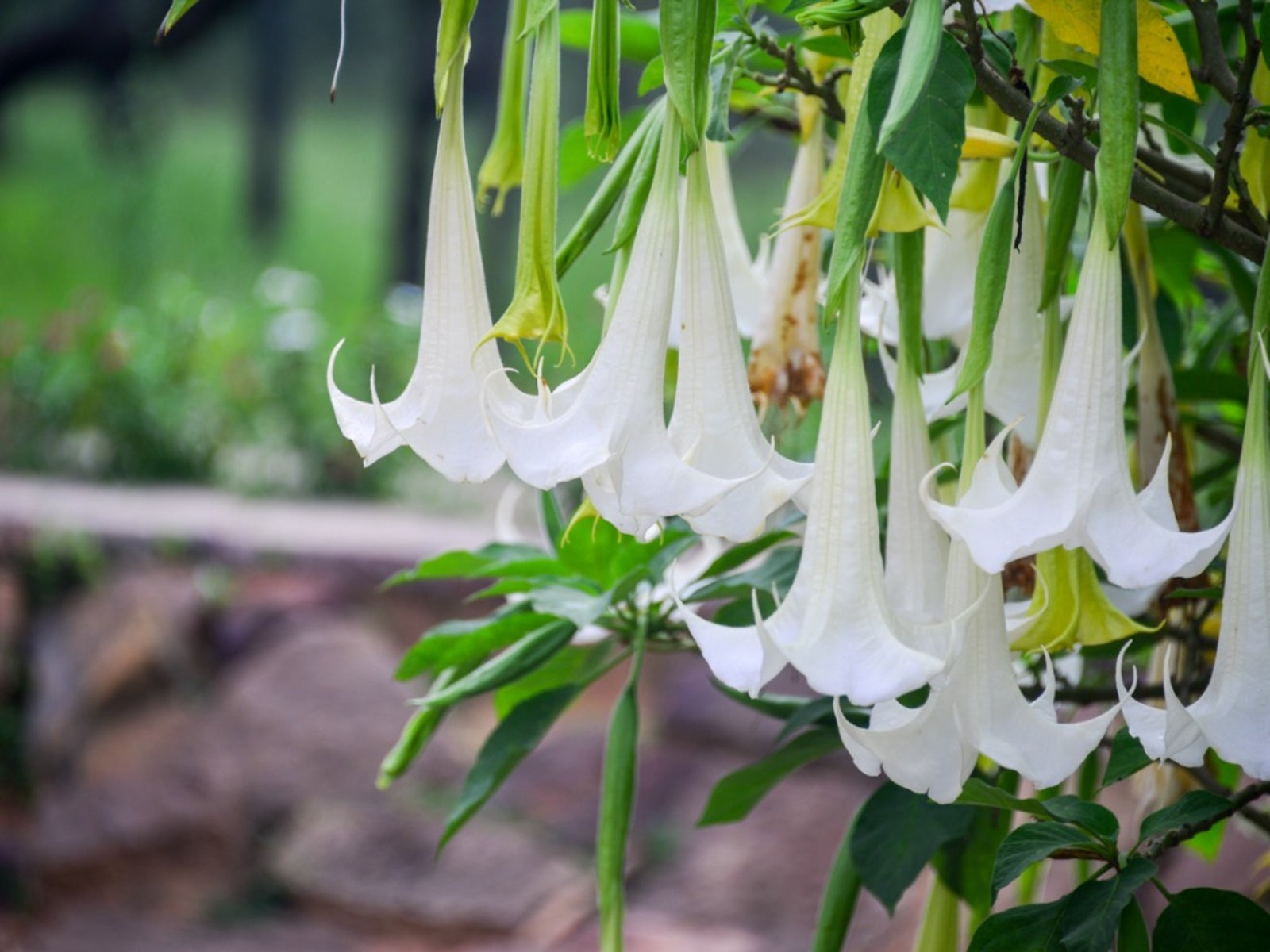 Feeding Angels Trumpet: When And How To Fertilize Brugmansias
Feeding Angels Trumpet: When And How To Fertilize BrugmansiasIf there ever was a flower you just had to grow, brugmansia is it. The plant produces a season long display of trumpet-shaped blooms. Knowing how to fertilize brugmansias will enhance and extend these brilliantly colored flowers. Click here to learn more.
By Bonnie L. Grant
-
 Brugmansia Winter Care - Wintering Brugmansia In Your Home
Brugmansia Winter Care - Wintering Brugmansia In Your HomeWhile most types of brugmansia can thrive outdoors in warm climates, they need to be protected from freezing temps when growing brugmansia in cold climates. Follow the tips here for over-wintering brugmansia.
By Nikki Tilley
-
 Tips For Propagating Brugmansia
Tips For Propagating BrugmansiaBrugmansia is not only easy to grow but propagating brugmansia is easy too. There are three methods of brugmansia propagation - by seeds, cuttings, and air layering. Find the method that works best for you here.
By Nikki Tilley